It’s hard to bid adieu to the summer garden. No more vine-ripened tomatoes, no snacking on fresh beans or sweet cherry toms, no walking through the garden to see what’s ripening, no pulling errant weeds (wait, that never stops!), no more just sitting and taking it all in.
But wait! You don’t have to hang up your trowel just yet. Here are a few ways to extend your gardening season through the late fall — and possibly into next spring! You might need a jacket, and quite possibly an umbrella to sit and enjoy your garden, but there is still enough time to squeeze out a little more gardening pleasure before the snow flies!
Extend Your Growing Season
Summer’s end doesn’t mean our growing season is over! Our average first fall frost hits around October 15th (emphasis on average, some years it’s much earlier!), giving us a bit more time to keep our hands in the dirt. Here are a few tips to help you enjoy growing and harvesting through the fall and potentially, through next spring!
Ripen Green Tomatoes
If you’re facing tomato plants that are still covered with hard, green fruit, don’t despair — you have options. If the fruit has any tinge of color, pick it and ripen it indoors. Place green fruit in a cardboard box with space between each (no touching!). Cover with newspaper and place in a cool, dark location. Check every few days and remove any rotting or spoiled fruit. Box-ripened tomatoes won’t have the same flavor as vine-ripened, but they will still be better than anything sold in the grocery store.
Another option is to pull the entire plant, roots and all, from the garden and hang upside down in a garage. Tomatoes will slowly ripen. If all this is still a bother, you can always make fried green tomatoes or this super-yummy Green Tomato Cake!
Plant Garlic
Next to home-grown tomatoes, nothing compares to home-grown garlic! This is one of the easiest crops to grow — but timing is everything. Garlic is best planted in the fall from mid-September to mid-October, and is harvested the following summer. Fall planting allows the cloves to mature into fat, fragrant bulbs.
Find seed garlic at the Farmers’ Market or from a variety of online seed companies like Seed Saver’s Exchange. Separate cloves from the bulbs, keeping the papery skin on the clove. Plant 3 to 4 inches deep, 6 inches apart — pointy end up! Water well and cover the growing bed with a thick layer of mulch, such as straw or pine needles. This will keep your garlic from freezing over the winter. Young garlic sprouts will appear in spring!
Sow Cool-Weather Crops, Now!
It’s still not too late to sow a few rows of cool-weather crops for harvest before (or after) the first frost. In fact, some crops, like kale and spinach, taste better with a touch of frost! Select early maturing varieties such as peppery arugula and cress, or cut-and-come-again lettuces, spinach, or kale. Use this handy chart from Snake River Seed Cooperative to make your fall selection (and if you’re quick, order seeds!).
Under Cover Crops
Using floating row covers or creating a low-tunnel from PVC pipe and plastic is a great way to extend the season on both ends and protect plants.
With this method, you can harvest a crop of hardy greens, like kale, cress, and spinach, before winter sets in and then allow these plants to overwinter in a well-mulched, low-tunnel environment. Many cool-season crops will survive the winter in a dormant state and begin to grow as daylight increases in late winter — thus extending your spring growing season. You’ll be enjoying a wonderful crop of greens in late February or March.
Final Word: It Ain’t Over Yet!
There is still lots of gardening to be had, even if you’re not inclined to extend the growing season. Fall is a great time to plant or dig and divide perennial flowers, or plant spring bulbs — and the coming rain will make pulling weeds a breeze!
Up next…Putting the Garden to Bed! Stay Tuned and Happy Gardening!
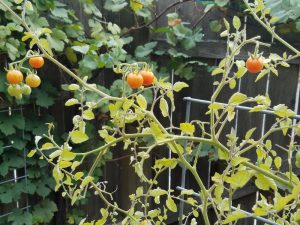
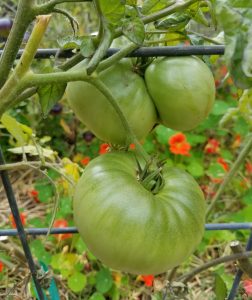
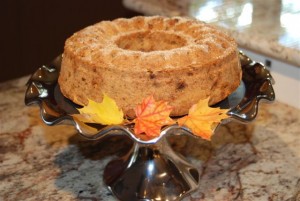
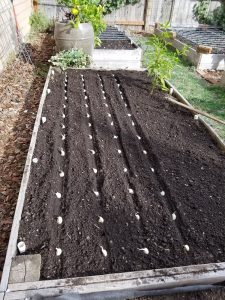
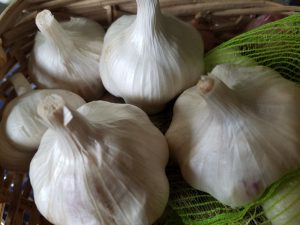
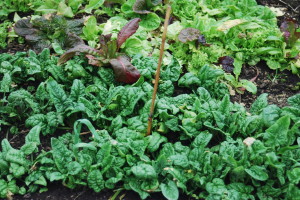
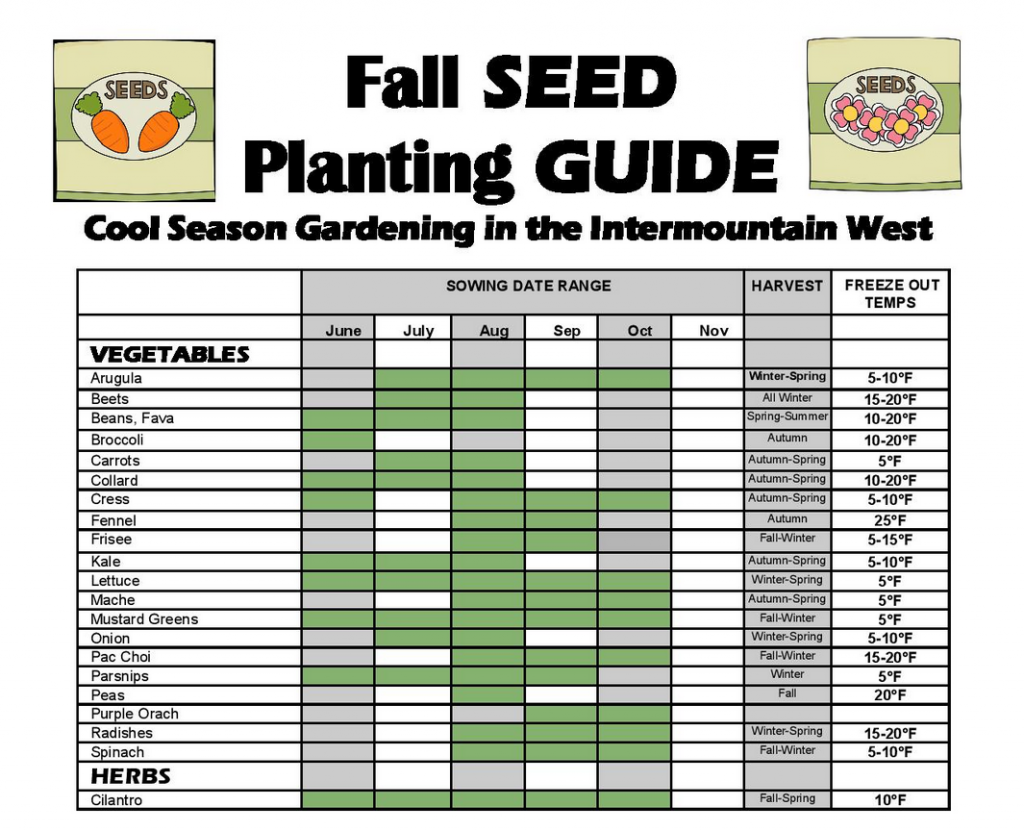
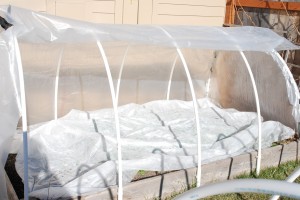
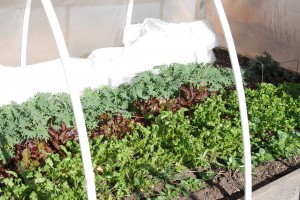


Leave a Reply